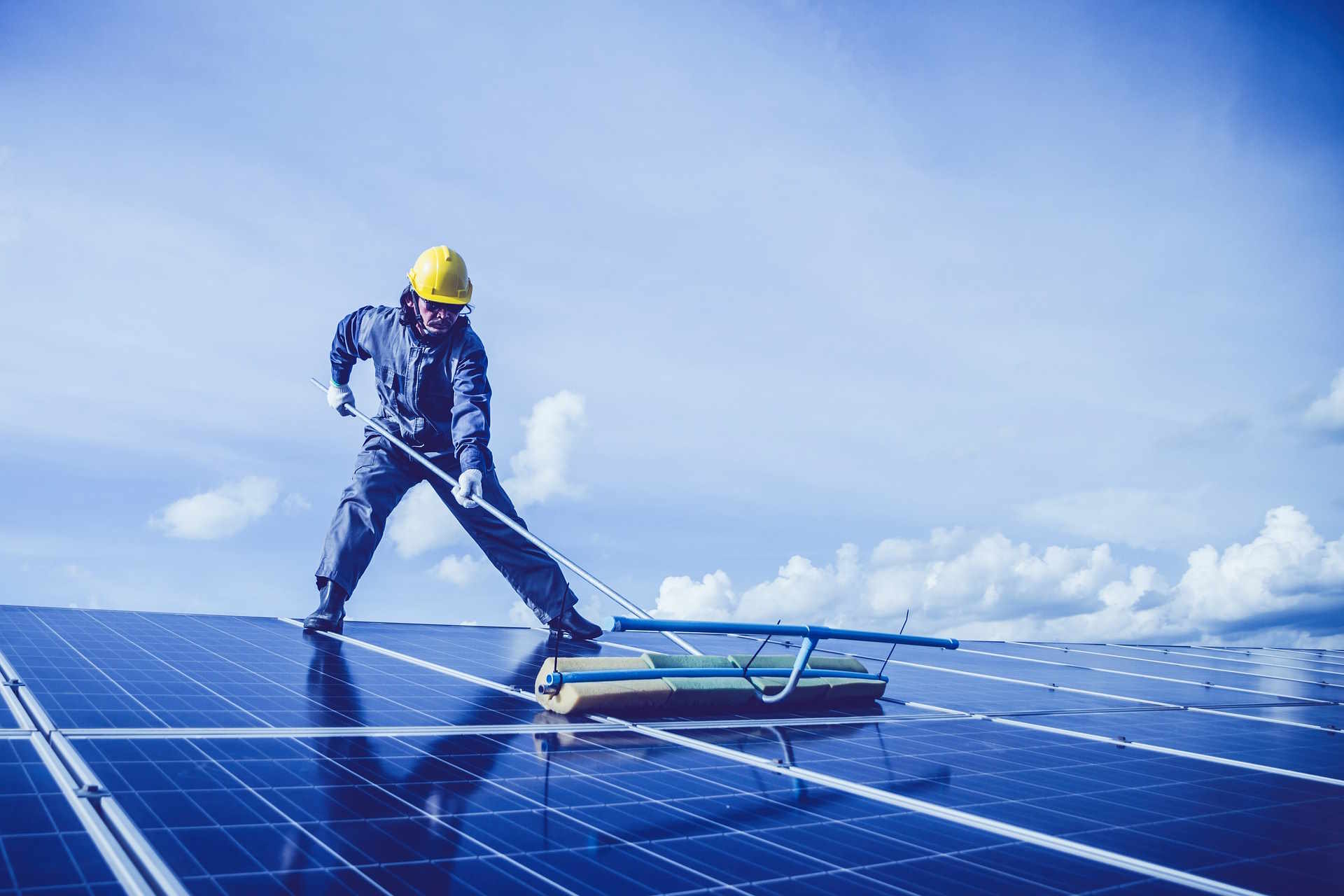Energy consumption patterns of modern radiant systems explained
Understanding how modern radiant systems consume energy helps property owners, installers, and facility managers make informed choices about heating strategies. This overview summarizes typical energy flows, the role of controls and insulation, and practical considerations for indoor and outdoor applications while avoiding speculative claims.

Radiant systems transfer heat directly to objects and people rather than relying solely on warmed air, which changes how energy is delivered and perceived. Energy consumption patterns depend on system design, controls, insulation, and usage patterns. Modern radiant installations—whether embedded in floors or mounted for outdoor patios—tend to concentrate warmth where it is needed, which can alter load profiles and operational hours. Understanding these differences helps with planning zones, thermostats, and maintenance to match efficiency goals and emissions targets.
How radiant systems use energy and emissions
Radiant heaters convert electrical or combustion energy into infrared or conductive heat. That conversion efficiency is high at the point of generation, but overall energy use and emissions depend on the fuel source and grid intensity. For electrically powered radiant systems, operational emissions follow the electricity mix; for gas-fired radiants, onsite combustion produces direct emissions. The perceived comfort from radiant heat often allows lower air temperatures, which can reduce measured energy consumption compared with forced-air systems under similar use patterns.
Efficiency, insulation, and controls
Insulation quality and building envelope performance strongly influence radiant system efficiency. Well-insulated spaces retain surface heat longer, reducing duty cycles and energy consumption. Controls—such as programmable thermostats and smart scheduling—enable targeted operation, limiting energy use to occupied periods and specific zones. Combining efficient controls with proper insulation reduces both energy losses and the required runtime for a given comfort level, promoting measurable improvements in seasonal energy consumption.
Thermostat, zones, and indoor comfort
Zoning is central to managing radiant energy use. Separate thermostats for distinct areas let occupants heat only the spaces in use, rather than conditioning an entire building. Radiant systems respond differently from convective systems; floor or panel temperatures are often controlled to sustain comfort with lower air temperatures. Properly calibrated thermostats and zone strategies minimize overshoot and unnecessary cycles, stabilizing energy consumption and improving perceived comfort without raising energy use.
Installation, retrofit, and maintenance
Installation technique and retrofit strategy affect long-term consumption patterns. New builds can integrate radiant elements and insulation for optimal performance, whereas retrofits must balance added thermal mass and surface characteristics with existing systems. Regular maintenance—checking controls, sensors, and heat-emitting surfaces—ensures systems operate as designed; neglected components can lead to inefficient cycling, higher energy bills, or uneven heating. Accurate commissioning after installation reduces early-life inefficiencies and helps match actual energy use to design expectations.
Outdoor and patio radiant considerations
Outdoor and patio radiants operate in fundamentally different conditions because of convective losses and exposure. Energy usage for outdoor units typically rises because heat disperses rapidly; targeted mounting, directional reflectors, and controls that limit runtime to occupied events help manage consumption. For covered patios, insulating overhead structures and adding wind barriers where practical improves retention of radiant energy. Outdoor systems often require higher instantaneous output but can still be efficient for localized, event-based heating when controlled appropriately.
Safety, monitoring, and long-term performance
Safety features and monitoring systems impact both performance and energy behavior. Over-temperature cutoffs, reliable mounting, and clearances reduce risk while ensuring units do not operate inefficiently. Remote monitoring, occupancy sensors, and integration with building management systems enable dynamic responses to real conditions, preventing unnecessary runtime. Over years, periodic system checks and component replacements (sensors, thermostats, reflectors) maintain stable energy consumption patterns and help safeguard predictable emissions and performance.
Conclusion Modern radiant systems present distinct energy consumption patterns shaped by heat delivery methods, controls, insulation, and application context. Thoughtful zoning, accurate thermostatic control, appropriate installation or retrofit practices, and regular maintenance align operational behavior with efficiency and emissions goals. For indoor and outdoor uses alike, matching system design to occupancy patterns and envelope quality is key to predictable energy performance and long-term reliability.






